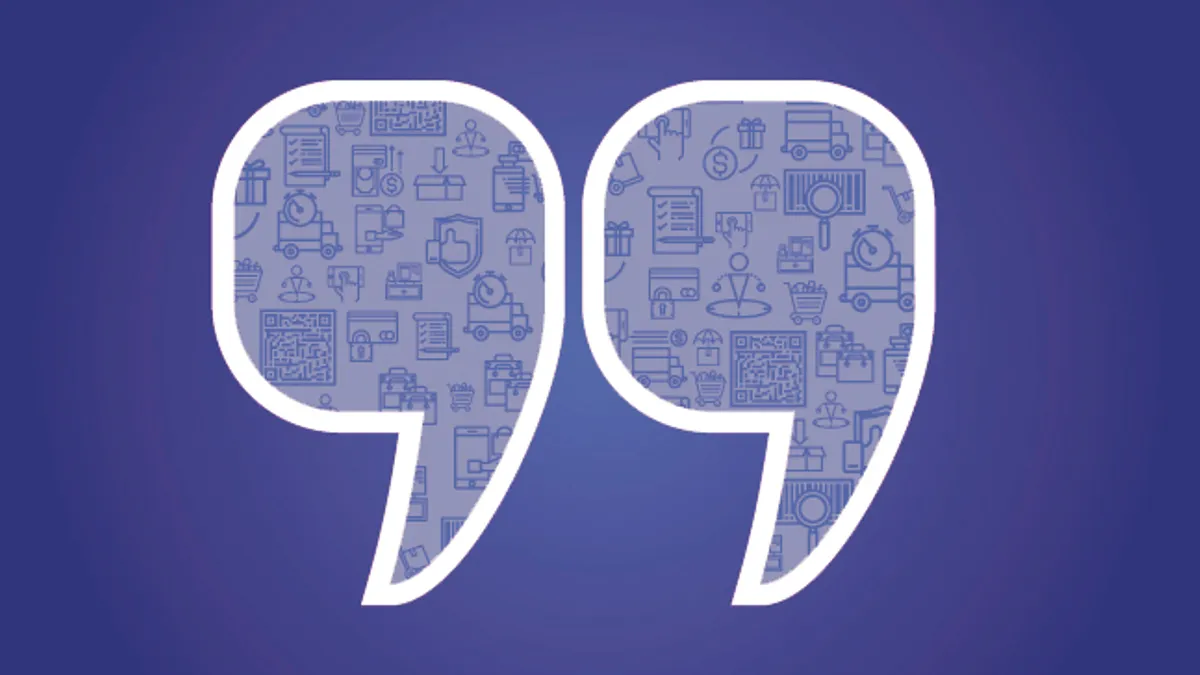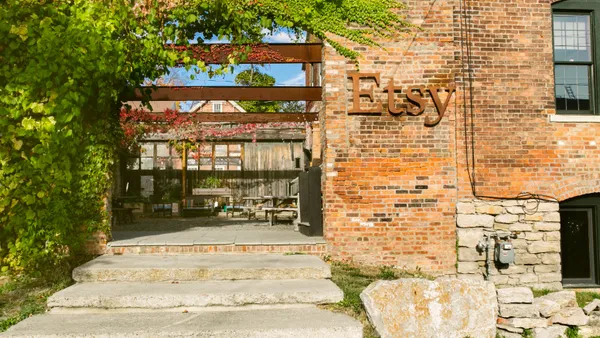Grove Collaborative has come a long way from its 2016 debut.
The sustainable consumer products brand is on the cusp of going public through a SPAC merger and will soon be listed on the New York Stock Exchange under the ticker symbol "GROV." That deal is expected to close in late Q1 or early Q2 and, according to Grove, values the company at $1.5 billion. The proceeds from the transaction could be up to $435 million, providing the company with additional cash to fuel its expansion.
In recent years, Grove Collaborative has grown its offerings to encompass an ever-larger grouping of essentials: The company's website touts that it creates and curates over 150 sustainable brands, from household products to clean beauty. Starting as a seller of third-party brands, the company's fast-growing majority of the business is now Grove's own private labels, CEO Stuart Landesberg said in a webcast about the SPAC merger in December. And it has plans to be 100% plastic-free by 2025.
The company also has been building out its team with industry veterans. It named a former Amazon executive as its chief marketer in June last year and added former Burt's Bees CEO John Replogle as the chairman of its board of directors just last month.
Following an announcement on its fourth quarter and full-year 2021 results, here's what we know about Grove's plans for the future and where it stands now.
Grove Collaborative made slightly less in 2021 than it thought it would
In financial results for the year, released last week, Grove reported revenue of $383.7 million, up 5.3% from 2020 and almost 65% above 2019. That fell about a million dollars short of what it anticipated making in 2021. At the beginning of December, the brand said it aimed to make $385 million for the year, which it noted in its SPAC announcement represents "only a fraction of the $180 billion addressable market for home and personal care in the U.S., leaving tremendous opportunity for growth domestically and internationally."
The company's fourth quarter sales were down 6.2% year over year, but still rose 27.9% from 2019. Net loss margin worsened for both time periods, with the company's Q4 net loss margin growing from 14.3% to 36.7%, while for the year it grew from 19.8% to 35.4%. The company expects to reach profitability by 2024, interim co-CFO Phil Moon said on the company's December webcast.
"Factors negatively impacting financial performance in 2021 included lapping the accelerated purchases of disinfecting products during the pandemic in 2020, inflationary supply chain pressure, and the repositioning of some marketing spend to longer-term investments focused on building brand awareness, which negatively impacted new customer acquisition but will better support omni-channel growth over the long run," Landesberg said in a statement. "We expect some of the macro headwinds to abate by 2023."
The company laid off 17% of its workforce this month
On March 21, Grove laid off approximately 17% of its corporate employees to "reduce operating expenses and strengthen key strategic areas across the business," the company said in a release on its Q4 results. Grove noted that the restructuring was also the result of market headwinds, ongoing pandemic impacts and "the steadfast commitment to building a sustainable business."
Andrew Rendich, Grove's COO, left the company in March, though the brand didn't say whether that was part of the restructuring. Rendich is staying on in an advisory role, and the brand is also close to naming a permanent CFO.
"While it is gut-wrenching to let valued colleagues go, this reduction in workforce combined with the strategic reorganization will enable us to focus our resources on our value-creating initiatives, better align our expense base with expected revenues, and mitigate inflationary cost pressure, strengthening our financial foundation and positioning Grove for success over the long term," Landesberg said of the layoffs.
The company continues to expand into new categories
When announcing its merger with special purpose acquisition company Virgin Group Acquisition Corp. in December, Grove touted its debut of multiple sustainable brands spanning the personal care, paper and beauty categories. In December 2020, the company raised $125 million to fuel that expansion, which has included launching a refillable deodorant and body care line and expanding into completely new spaces like pets.
Grove's Good Fur pet line debuted the day after it announced its go-public SPAC merger with 11 total products, including sustainable grooming products like shampoo, conditioner, flea and tick spray, and a brush. The company also debuted a limited edition line of home essentials in Q4, called Sparks of Joy.
Most recently, Grove's personal care brand, Peach not Plastic, expanded even further to include a kids segment, dubbed Peach Kids. That collection includes shampoo and conditioner bars for kids, as well as hand and body bars, and is made in bright colors and "yummy fragrances" to appeal to children.
"The kids personal care category faces the same plastic problem as others within the CPG category," Landesberg said of the launch. "We have a chance to instill an appreciation for sustainable products and educate the next generation of consumers early on about the importance of making planet-friendly choices that are healthy for people and our planet."
Grove Collaborative expects to make $600M by 2024
Over the next two years, Grove is expecting to grow its sales by more than $200 million, to reach $600 million by 2024. Grove in December projected that its compound annual growth rate from 2018 to 2021 would be 54% and said it attracts customers with "high levels of brand engagement, repeat purchase behavior and long-term retention."
Grove already has 1.5 million active customers through its direct platform, and the company is also beginning to expand through physical retail. In April last year, Grove entered a wholesale deal with Target and has since debuted a holiday collection with the retailer and made its way onto Target's sustainable-focused list of "Target Zero" brands.
Grove cited "high performance" during its first year working with Target and said its success there validates the brand's ability to grow in other retail channels. According to the company, 90% of sales in the categories Grove sells still occur in physical stores. Landesberg said in the company's December webcast that Grove would deepen its partnership with Target this year and would grow its wholesale footprint "for years to come." At the time, Landesberg said there were three additional retail partnerships that had been confirmed for 2022 and seven to 10 that were in progress, representing a 157% increase in confirmed distribution points come April.
Editor's note: This story was first published in our weekly newsletter, Retail Dive: DTC. Sign up here.






















